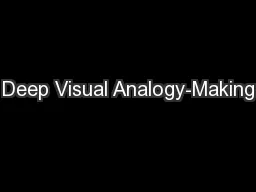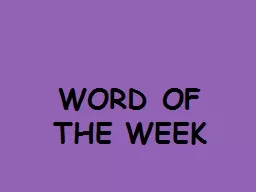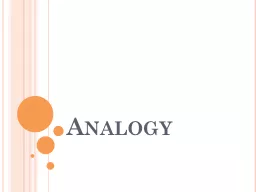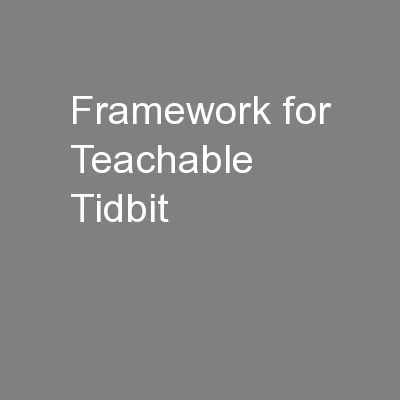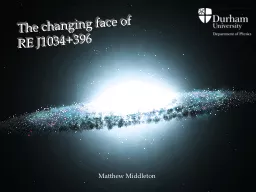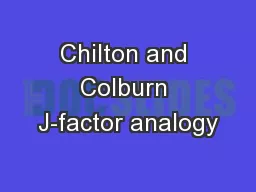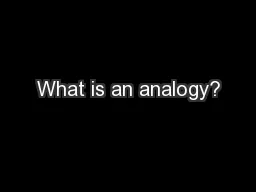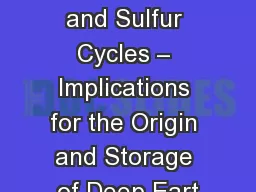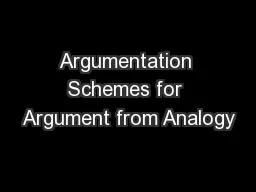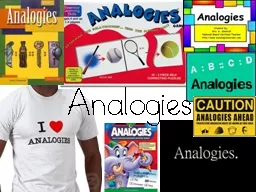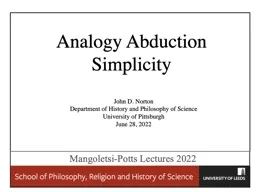PPT-Deep Visual Analogy-Making
Author : ellena-manuel | Published Date : 2016-08-15
Scott Reed Yi Zhang Yuting Zhang Honglak Lee University of Michigan Ann Arbor Text analogies KING QUEEN MAN Text analogies KING QUEEN MAN WOMAN Text analogies
Presentation Embed Code
Download Presentation
Download Presentation The PPT/PDF document "Deep Visual Analogy-Making" is the property of its rightful owner. Permission is granted to download and print the materials on this website for personal, non-commercial use only, and to display it on your personal computer provided you do not modify the materials and that you retain all copyright notices contained in the materials. By downloading content from our website, you accept the terms of this agreement.
Deep Visual Analogy-Making: Transcript
Download Rules Of Document
"Deep Visual Analogy-Making"The content belongs to its owner. You may download and print it for personal use, without modification, and keep all copyright notices. By downloading, you agree to these terms.
Related Documents

